- Home
- Quizzes
- My Quiz Activity
- Newsletters
- Sports Betting
- MY FAVORITES
- Add Sports/Teams
- SPORTS
-
NFL
- NFL Home
- Arizona Cardinals
- Atlanta Falcons
- Baltimore Ravens
- Buffalo Bills
- Carolina Panthers
- Chicago Bears
- Cincinnati Bengals
- Cleveland Browns
- Dallas Cowboys
- Denver Broncos
- Detroit Lions
- Green Bay Packers
- Houston Texans
- Indianapolis Colts
- Jacksonville Jaguars
- Kansas City Chiefs
- Las Vegas Raiders
- Los Angeles Chargers
- Los Angeles Rams
- Miami Dolphins
- Minnesota Vikings
- New England Patriots
- New Orleans Saints
- New York Jets
- New York Giants
- Philadelphia Eagles
- Pittsburgh Steelers
- San Francisco 49ers
- Seattle Seahawks
- Tampa Bay Buccaneers
- Tennessee Titans
- Washington Commanders
-
MLB
- MLB Home
- Arizona Diamondbacks
- Atlanta Braves
- Baltimore Orioles
- Boston Red Sox
- Chicago White Sox
- Chicago Cubs
- Cincinnati Reds
- Cleveland Guardians
- Colorado Rockies
- Detroit Tigers
- Houston Astros
- Kansas City Royals
- Los Angeles Angels
- Los Angeles Dodgers
- Miami Marlins
- Milwaukee Brewers
- Minnesota Twins
- New York Yankees
- New York Mets
- Oakland Athletics
- Philadelphia Phillies
- Pittsburgh Pirates
- San Diego Padres
- San Francisco Giants
- Seattle Mariners
- St. Louis Cardinals
- Tampa Bay Rays
- Texas Rangers
- Toronto Blue Jays
- Washington Nationals
-
NBA
- NBA Home
- Atlanta Hawks
- Boston Celtics
- Brooklyn Nets
- Charlotte Hornets
- Chicago Bulls
- Cleveland Cavaliers
- Dallas Mavericks
- Denver Nuggets
- Detroit Pistons
- Golden State Warriors
- Houston Rockets
- Indiana Pacers
- Los Angeles Clippers
- Los Angeles Lakers
- Memphis Grizzlies
- Miami Heat
- Milwaukee Bucks
- Minnesota Timberwolves
- New Orleans Pelicans
- New York Knicks
- Oklahoma City Thunder
- Orlando Magic
- Philadelphia 76ers
- Phoenix Suns
- Portland Trail Blazers
- Sacramento Kings
- San Antonio Spurs
- Toronto Raptors
- Utah Jazz
- Washington Wizards
-
NHL
- NHL Home
- Anaheim Ducks
- Arizona Coyotes
- Boston Bruins
- Buffalo Sabres
- Calgary Flames
- Carolina Hurricanes
- Chicago Blackhawks
- Colorado Avalanche
- Columbus Blue Jackets
- Dallas Stars
- Detroit Red Wings
- Edmonton Oilers
- Florida Panthers
- Los Angeles Kings
- Minnesota Wild
- Montreal Canadiens
- Nashville Predators
- New Jersey Devils
- New York Islanders
- New York Rangers
- Ottawa Senators
- Philadelphia Flyers
- Pittsburgh Penguins
- San Jose Sharks
- Seattle Kraken
- St. Louis Blues
- Tampa Bay Lightning
- Toronto Maple Leafs
- Vancouver Canucks
- Vegas Golden Knights
- Washington Capitals
- Winnipeg Jets
- NCAAF
- NCAAM
- Boxing
- Entertainment
- Lifestyle
- Golf
- MMA
- Soccer
- Tennis
- Wrestling
- More Sports
- RESOURCES
- My Account
- YB on Facebook
- YB on Twitter
- YB on Flipboard
- Contact Us
- Privacy Policy
- Terms of Service
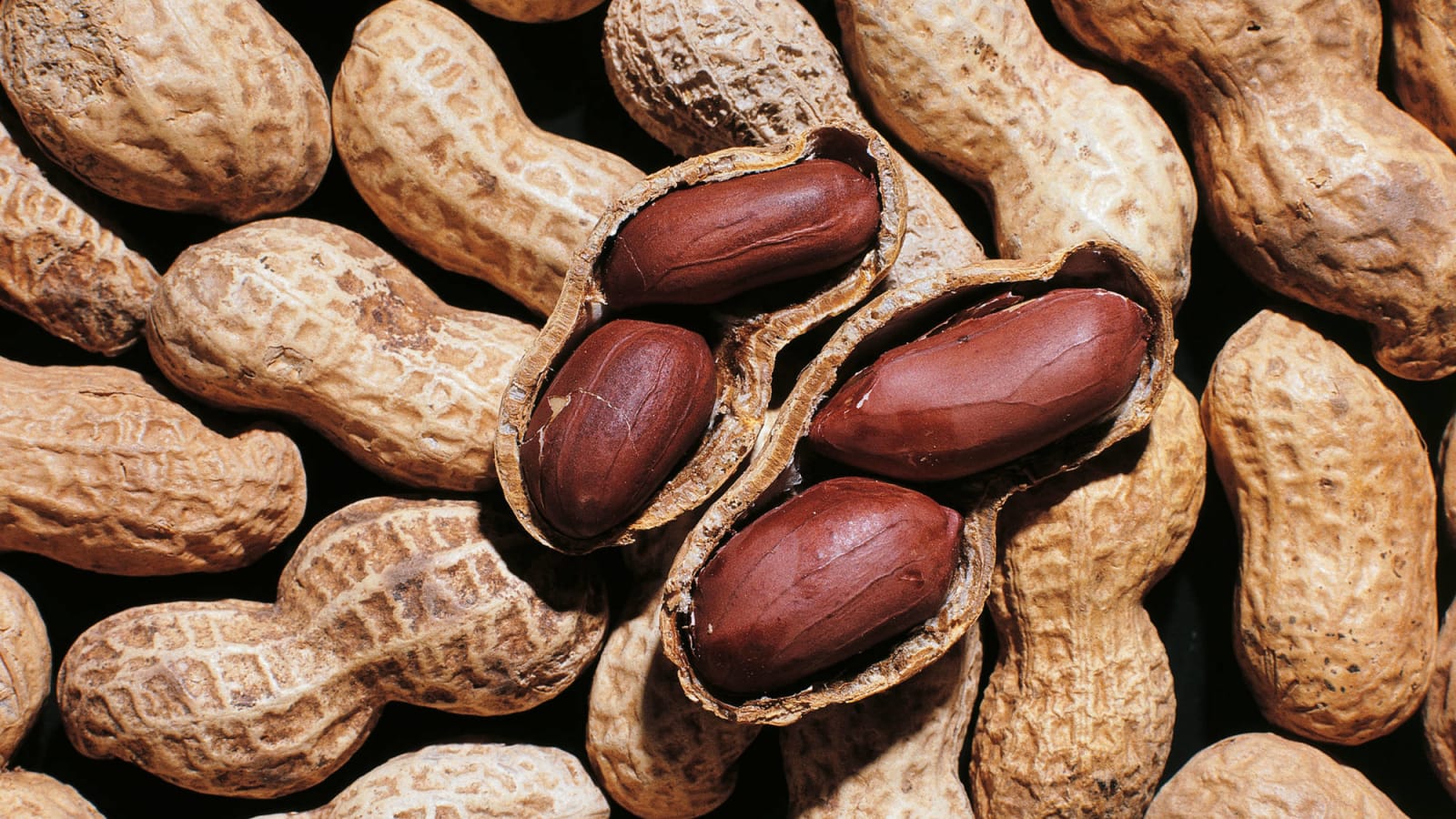
Protein-packed foods that will help fuel your muscles
People tend to get a bit more sedentary in the wintertime—especially in the midst of a global pandemic—which is why it’s especially important now to stay active, whether that’s getting your steps in, upping your cardio workouts, or continuing your strength training. A healthy diet is just as important, so make sure you’re fueling your muscles with these 20 protein-packed foods!
Almonds

Almonds have a lot of protein, which is part of the reason why almond butter, almond flour, and 64 different types of almond milk can be found at nearly every grocery store in America. A one-quarter-cup serving of almonds contains seven grams of protein and 175 calories, which is the best protein-to-calorie ratio of any nut. However, almonds can’t claim the highest amount of protein per serving, as that distinction goes to another entry later in this list.
Beef

Obviously, the relative healthiness of beef can vary, with fattier forms like ribeyes containing 30 grams of protein for every 450 calories, while the leanest cuts (sirloin tip side steak) offer the same amount of protein at the cost of just 150 calories. Beef is a solid source of protein, as long as your red meat intake is limited to about two servings per week.
Cheese

You might want to steer clear of creamier (and thus fattier) versions of cheese, but if you’re strictly looking for some extra protein, it’s all good! The highest protein levels are found in hard cheeses like cheddar, parmesan, and Gruyère, as well as soft varieties such as ricotta and goat. One type takes the crown, but we’ll get to that later.
Chicken

When it comes to protein sources, it’s hard to top chicken. A whopping 8 grams of protein can be found in every ounce of chicken—meaning a 3-ounce serving packs 24 grams, which is about half the recommended daily intake for the average person! At just 200 calories for that size serving, chicken is one of the leanest ways to add protein to your diet.
Chickpeas

You might call them chickpeas, you might call them garbanzo beans, but we can all agree to call them an excellent source of protein. Every ounce of chickpeas contain three grams of plant-based protein, so add them to your salads, have some hummus, or season & bake them for a tasty, healthy snack.
Cottage Cheese
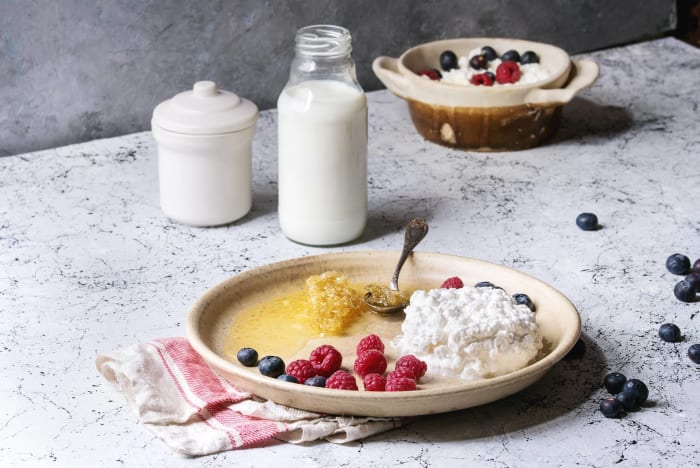
Cheese is good, but cottage cheese is better if you want more protein and less fat and calories. Compared to milk and other cheeses, cottage cheese also boasts more of the slow-digesting casein protein that prevents muscle breakdown. A cup of cottage cheese has 24 grams of protein, as well as B-vitamins, calcium, and other nutrients. Try it mixed with fruit to balance out the salty taste.
Edamame
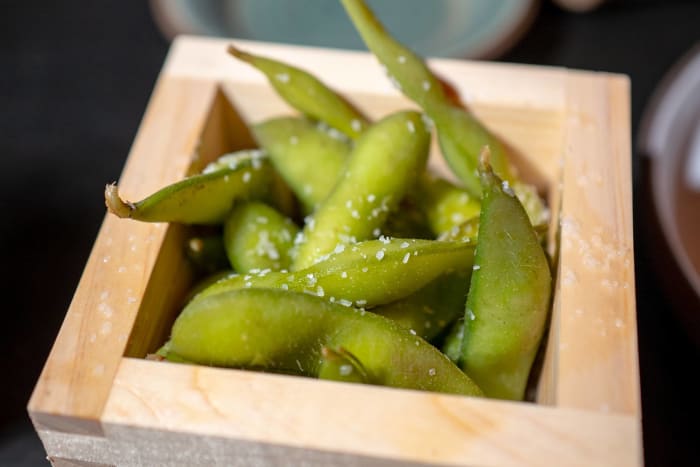
If you’re looking for a high-protein food that serves as both a snack and a side, go with edamame. A cup of cooked and shelled pods contains 18 grams of protein and clocks in at under 200 calories, while also offering antioxidants, vitamin K, and fiber.
Eggs

Each egg adds six grams of protein to your daily intake. Don’t skip out on the yolks; although more protein is found in the white, the yellow part still contains at least two grams. Eggs are also low-carb and low-calorie, with less than 1 carb and fewer than 80 calories in a single egg.
Fish

Fish are an excellent source of protein all around, including everything from trout, cod, flounder, haddock, and halibut to salmon, sardines, and tuna. A 3-ounce serving of any of these options hovers around 20 grams (give or take 5 grams) of protein, and of course, fish also offer numerous vitamins, minerals, and heart-healthy omega-3 fatty acids.
Greek Yogurt

Don’t get us wrong, yogurt in all forms offers protein, but Greek yogurt has a higher amount of protein and less sugar. A cup of Greek yogurt has 15 to 20 grams of protein per cup, which is nearly twice the amount found in regular yogurt. As for the sugar? Greek yogurt contains half as much as traditional yogurt.
Hemp Seeds
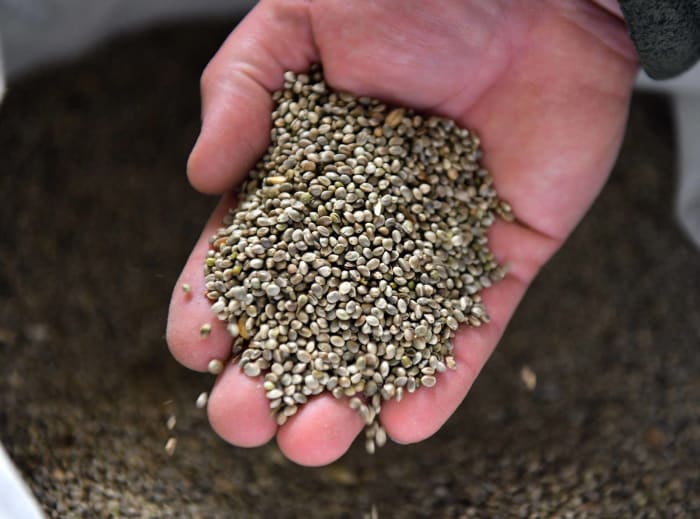
These hemp seeds can be added to smoothies, baked goods, and pasta bowls. Eat these any way you can, as just three tablespoons (uncooked) packs nearly 10 grams of protein. Hemp seeds are also notable for being a complete protein that contains all 9 essential amino acids, as well as omega-3 oils!
Oats

Oats are a curious addition to the list, as, on the surface, they seem very similar to other grains. However, the primary type of protein in oats—avenalin — isn’t found in any other grain, and this separates oats from the pack. Avenalin is similar to legume proteins, making oats an excellent option for some morning energy at 6 grams of protein per cooked cup.
Peanuts

Almonds are definitely the healthiest nut, and they’re ranked second in terms of protein, but peanuts still reign supreme. While a one-quarter cup serving of almonds has 7 grams of protein, the same amount of peanuts yields 9.5 grams! That means a cup-sized serving of peanuts is an extra 10 grams of protein! Of course, that same cup of peanuts has 300 additional calories compared to its almond counterpart.
Pork

Pork gets something of a bad rap. People enjoy consuming large amounts of fat with a little pig meat on it (see bacon or pork belly) or serving pork mixed with who-knows-what under the questionable names of “hot dog” and “bologna/baloney.” But pork tenderloin, pork chops, and other lean variations can absolutely be regular parts of your diet—especially when it comes to protein. A 4-ounce pork chop has 20 grams of protein and 180 calories, while tenderloin has 200 calories and 30 grams of protein. Opt for the latter to cut the saturated fat in half.
Pumpkin Seeds
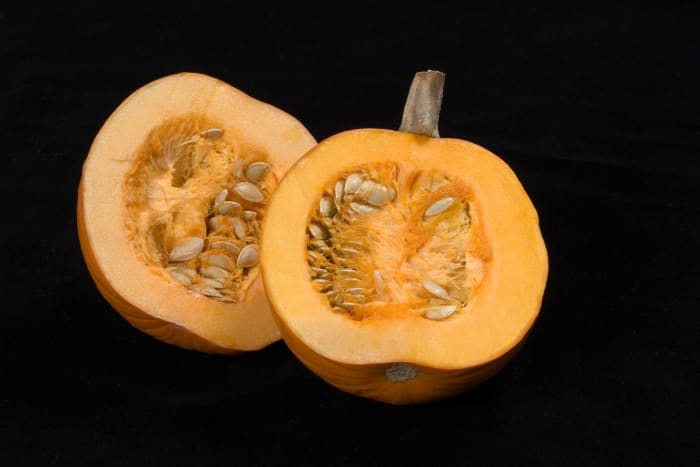
Every year, hundreds of millions of American pumpkins are torn from their roots and brutally slaughtered for our macabre holiday traditions. We liquefy their guts for our feasts, mutilate and display their hollowed-out corpses, and sometimes smash them to pieces just for the fun of it. And the barbarians who just casually throw the seeds out are the worst offenders of all. After all, those pumpkin seeds are a good source of protein! Just a cup of seeds boasts 12 grams of protein, so keep your pumpkin bloodlust up year-round!
Quinoa

When cooked, quinoa seems like it’s another grain—you soak it in boiling water like pasta or oats—but you’re actually eating the seeds of a flowering herbaceous plant. And similar to protein-packed pumpkin seeds and hemp seeds, quinoa contains 8 grams of protein (and 5 grams of fiber!) in every cooked cup.
Shrimp

Shrimp are basically just water-soaked pieces of protein. (But try not to remember that the next time you’re dishing out extra money for some.) The average baked or broiled shrimp contains about 3 grams of protein each, or about 20 grams per 3-ounce serving, plus selenium, phosphorus, vitamin B12, choline, copper, and iodine.
Soybeans

Black beans, white beans, kidney beans, and the aforementioned garbanzo beans are all great ways to add protein to your meals, but nothing compares to soybeans. A cup of cooked soybeans contains—brace yourself—30 grams of protein! This means you can opt for tofu, tempeh, and the emerging assortment of plant-based faux meat products made with soybeans while still satisfying your muscles.
Turkey

Chicken gets a lot of attention in the poultry department, but don’t forget about turkey! The ratio is the same at 8 grams of protein per ounce, so don’t think of turkey as just a November novelty. In fact, turkey is actually slightly leaner than chicken!
Whey Protein

We can’t have a list of protein-packed foods without a nod to quick-absorbing whey protein, commonly found in powdered form. If you’re on a bodybuilder's diet—1 gram of protein per pound of bodyweight—whey protein shakes are a helpful way to meet your quota without adding excessive amounts of calories. Many powders serve up 25 grams of protein per 150-calorie scoop (depending on the sweetener), and they come in a variety of flavors.
More must-reads:
- Georgia makes Kirby Smart the highest-paid coach in college football
- Analyst highlights concerns about Vikings QB J.J. McCarthy
- The 'AP First-Team All-Pro tight ends' quiz
Breaking News
Customize Your Newsletter
 +
+
Get the latest news and rumors, customized to your favorite sports and teams. Emailed daily. Always free!
Use of this website (including any and all parts and
components) constitutes your acceptance of these
Terms of Service and Privacy Policy.

